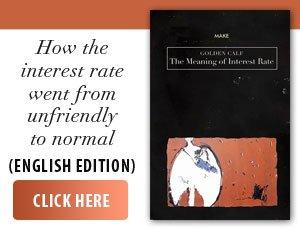Ion Iliescu, the first president of Romania after the 1989 Revolution, was buried yesterday with military honors. The ceremonies took place in the first part at Cotroceni Palace, in the presence of numerous former and current politicians, party colleagues, dignitaries and close friends. The event organized in the Unity Hall of Cotroceni Palace was attended by former prime ministers Adrian Năstase, Nicolae Văcăroiu, Theodor Stolojan and Viorica Dăncilă. The funeral service in the Cotroceni Church was also attended by former Romanian president Emil Constantinescu. Among the participants were also former Minister of Agriculture Petre Daea, former Social Democratic Senator Şerban Nicolae, Virgil Măgureanu - the first director of the SRI - and Ionuţ Vulpescu, former Minister of Culture and close to Iliescu. Although the Save Romania Union (USR) officially announced that it would not attend the funeral, the Ministry of National Defense, led by Ionuţ Moşteanu, sent a wreath. The former president's wife, Nina Iliescu, was absent from the state funeral held at Cotroceni Palace due to health reasons.
• Notable absences: Klaus Iohannis and Nicuşor Dan
Former President Klaus Iohannis and the current head of state, Nicuşor Dan, were absent from the ceremonies, but both sent messages of condolence. "History will judge Ion Iliescu, the central figure of the transition of the 1990s. It is our obligation to clarify the great files of the era, in order to move forward with responsibility. May God forgive him," wrote President Nicuşor Dan on Facebook. In turn, Klaus Iohannis emphasized: "His presidential mandates had a significant impact on Romania. I send my condolences to his wife and those close to him. May God rest his soul!"
• National day of mourning and political controversies
Yesterday was declared a national day of mourning, with flags lowered to half-mast and public events restricted. The Government's decision to organize a state funeral for Ion Iliescu caused tensions within the governing coalition, especially between the PSD and the USR. The committee for organizing the funeral, together with family representatives, established that the funeral service would take place in the church of the Cotroceni Palace. Ion Iliescu received his last honor, on the Marinescu Plateau within the Cotroceni Complex, after the religious service. The funeral cortege then moved to the Ghencea 3 Cemetery, where the burial took place in a restricted setting, only in the presence of family and close friends. Ion Iliescu's coffin was placed on a cannon casket, the same one that was used in 2017 for the funeral of King Michael. Several dozen people waited at the cemetery gates to say goodbye from a distance.
• A closed chapter in post-December history
Ion Iliescu's disappearance symbolically ends an era of Romanian transition. A controversial but significant figure in recent history, Iliescu led the country in key moments, such as the post-revolutionary period, the mineriads or the road to joining NATO and the EU. The presence of numerous political figures at the ceremonies shows the impact he had on Romanian public life, even in moments of maximum controversy. Ion Iliescu was, for some, a guarantor of stability in a turbulent period. For others, a symbol of the failures and compromises of the transition era. Whatever the perception, he remains a defining figure in Romania's recent history.



















































